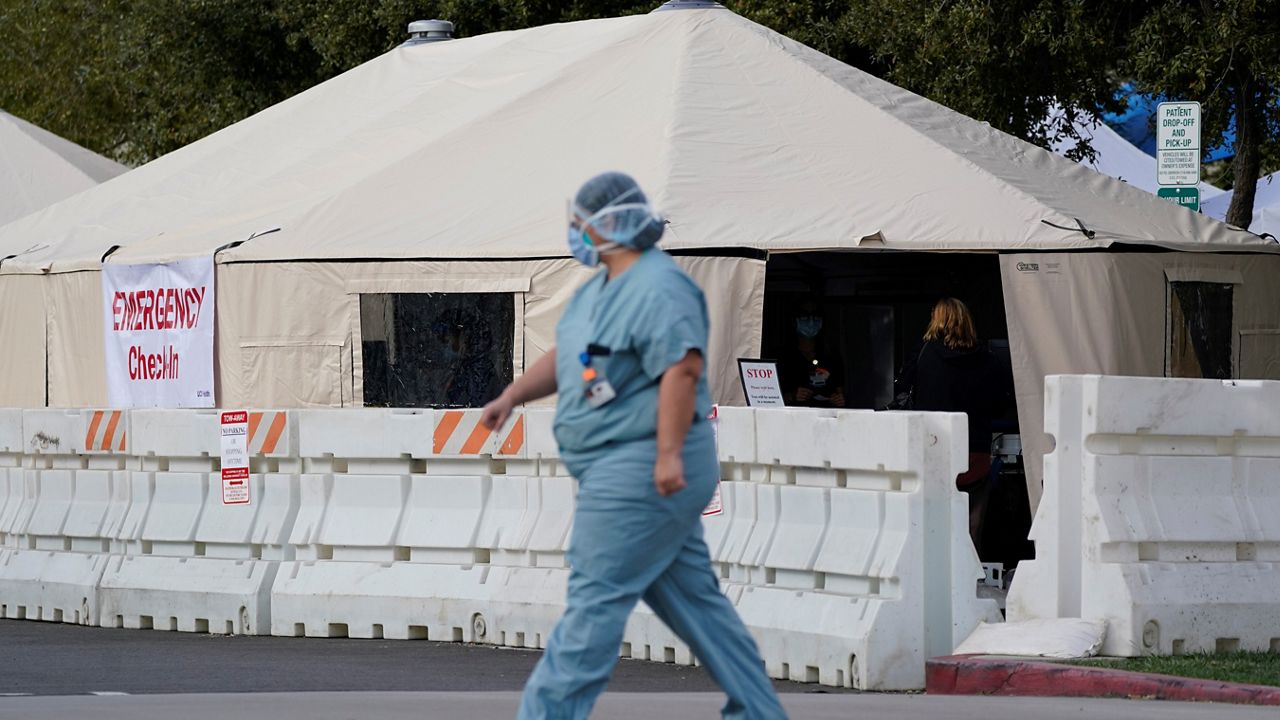SANTA ANA, Calif. (CNS) — The number of COVID-positive patients in Orange County hospitals dropped 40 to 967, according to the state figures released Sunday, the sixth consecutive daily decrease where figures are available.
The number of those patients in intensive care decreased one to 173.
What You Need To Know
- The latest numbers come two days after the county reported an additional 29 deaths associated with COVID-19
- The Orange County Health Care Agency doesn't report COVID data on weekends
- The county's adjusted daily case rate per 100,000 residents dipped from 165.5 Thursday to 158.2 Friday
- Of the fatalities logged Friday, four were 45 to 54 years old, three were in the 55-64 category, four were 65-74, seven were 75-84 and 11 were 85 or older
Some patients likely entered a hospital for other reasons and only discovered they had the coronavirus after a mandated test.
The latest numbers come two days after the county reported an additional 29 deaths associated with COVID-19, and 4,751 new positive tests, bringing its cumulative totals to 508,043 cases and 6,066 fatalities since the pandemic started.
The Orange County Health Care Agency doesn't report COVID data on weekends.
Of the fatalities logged Friday, a dozen occurred this month, raising the January death toll to 105. Eleven of the fatalities occurred last month, raising December's death toll to 100. One of the fatalities occurred in November, four in October and one in September.
Of the fatalities logged Friday, four were 45 to 54 years old, three were in the 55-64 category, four were 65-74, seven were 75-84 and 11 were 85 or older.
Two of the dead reported Friday were skilled nursing facility residents, raising the overall toll in that category to 1,235. One was an assisted living facility resident, raising the death toll in that category to 650.
The county's adjusted daily case rate per 100,000 residents dipped from 165.5 Thursday to 158.2 Friday. The testing positivity rate inched down from 23.9% to 23.3%, and edged down from 28.2% to 27.4% in the health equity quartile, which measures underserved communities hardest hit by the pandemic.



